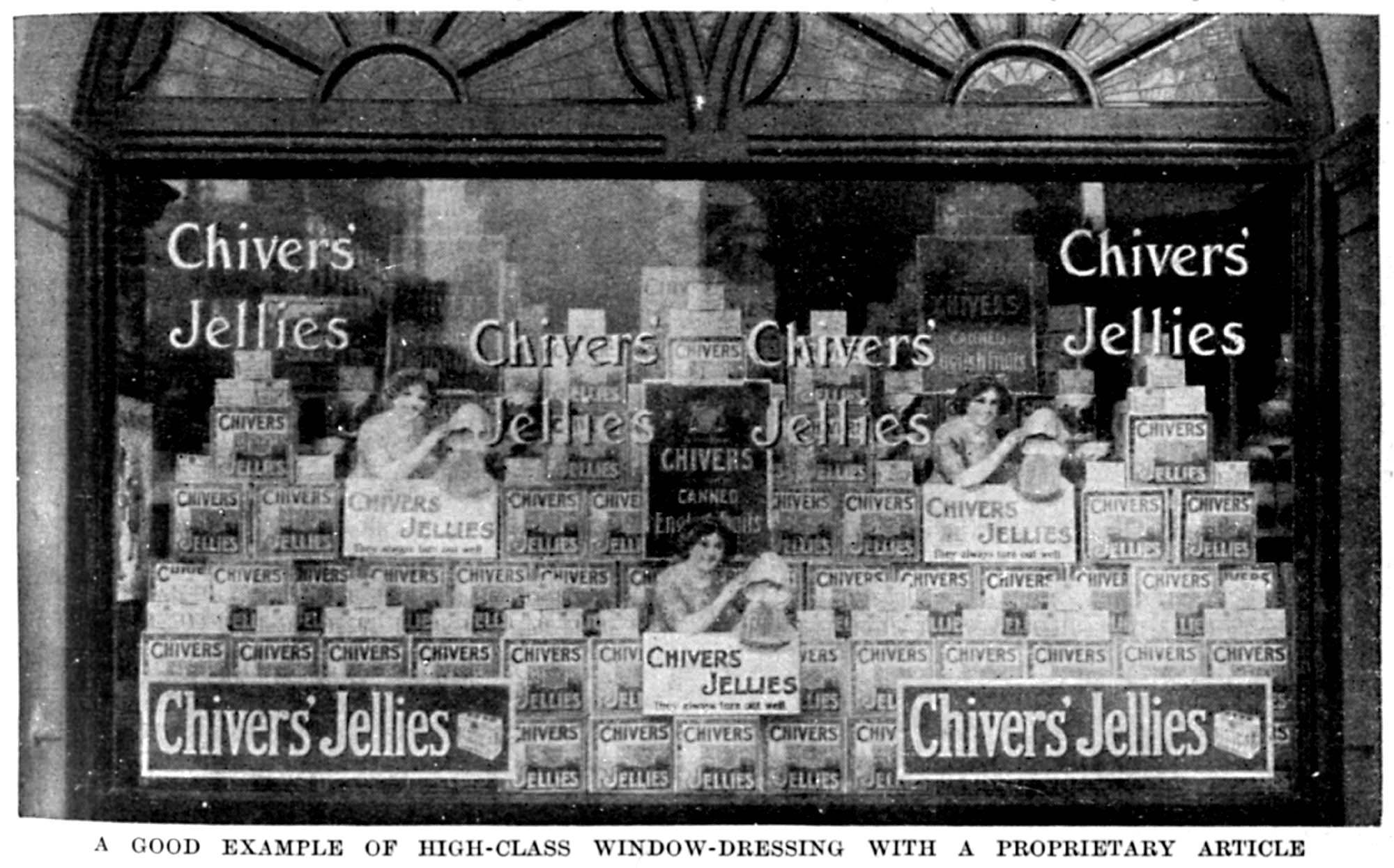With that in mind, let’s not waste any more time. First off we’ll start with the very basics of what your window display will need to have any chance of impressing on your next wave of potential customers:
Three seconds to impress. Is your message getting through?
Calling All Shoppers
Window displays need not only to capture the attention of passers-by, but also to motivate shoppers to act on their interest. Think about it… these people are out there shopping - they want to buy things! Your job is to convince them that your product is the answer to all their woes and to give them a good reason to buy it right NOW! First and foremost there must be a clear call to action.
A subtle call to action. Are you getting this message?
You’re Selling What?
This seems a little obvious, but you’d be surprised how often it is over-looked. Shoppers need to understand exactly what it is that you’re selling. I can almost hear you saying it: “I’m not an idiot! Of course they get what I’m selling!” And don’t get me wrong, I’d never say you’re an idiot, just be sure to double check that the actual product hasn’t been lost in the creative masterpiece of your window display.
What about this one? Are you getting the message? Or just getting blinded by the light?
Are We Clear?
You need to send a clear message. And to send a clear message, you need to be clear on what your message is. Are we clear? OK, good. But this point isn’t over yet. The clearest message in the world won’t make you a cent in sales if it’s a message that people aren’t interested in hearing. This, of course, comes down to knowing your market. It’s a topic far too vast to cover here and something that I sincerely hope you already have under control - or we might as well just put down our pens and pencils and go home!
OK, we counted down those three seconds and are agreed on how very brief the “window” of opportunity really is. And now we’ve also got the most basic of window display basics under control. But, unfortunately now I’ve got some more bad news for you.
The reality of your situation may be even more brutal than those 3 seconds suggest. You may have the misfortune to be situated near to an extremely well-resourced department store’s window display, a TV store with vast numbers of synchronised screens, or maybe even a troupe of incredibly acrobatic street performers.
This may make life a little difficult
Whatever it is, this surrounding “clutter” must be conquered.
It’s a simple concept, but when you consider that it might actually be well considered and thoughtfully executed clutter that has been put in place by the marketing teams of your opposition (I’m not talking about the acrobats now), then you’re talking about a marketing war. And it’s a war that you can’t afford to lose.
So how do you go about constructing a mighty window display that conquers all clutter and win the hearts and minds of today’s battle wary consumer? In just 3 seconds?
Sheeeesssh…. I don’t know…. that sounds really hard! And in truth the specifics really depend on a lot of variables such as the nature of your business, the size and location of your window display and the products you offer. But don’t despair, what I can tell you are some things that you absolutely, positively mustn’t do! And the majority of the time, that’s half the battle won. So here we go again:
- Don’t try to say (or display) too much. Tell too many stories in a limited space results in nothing but clutter – and clutter isn’t a story that anyone wants to hear. You’ve heard it before, but less really is more! A strong, clear statement will always triumph over the 'I am trying to sell you everything' approach.
Less display, more impact!
- “Apples with Apples” is another basic principle of effective visual merchandising. Don’t be tempted to split your displays and thus dilute your window’s message. Despite some popular theories on today’s fragmented market places, consumers still appreciate the value of an expert. Set yourself up as this expert by ensuring your window displays convey the clear message that you are 'in the business' of the product that’s on display. Being the expert on that product or service gives shoppers a great reason as to come into your shop – even if they are not intending to buy.
- Don’t forget to have strong visual cues inside your shop. Remember that call to action I talked about? Clearly repeat this with your in-store displays and signage. Think of it as holding the hand of your visitors and walking them from the entrance of you shop through to the products location within. With out this link, even the most perfectly plotted and executed window display falls down.
- Nothing speaks louder to your customers that you’re a static business bereft of ideas than a static window display doing nothing more than collecting dust week after week. Continual renewal is key, so get inspired and in turn you’ll inspire your customers!
- Shine a little light. Lighting is an often over looked component of window displays (as well as in-store displays). And considering that it can make or break even the best displays, it’s a detail that nobody can afford to neglect. Check that the lighting is strong enough and directed on the promotional piece, product or the statement that is key to your message.
- Get back to basics. While your busy getting inspired, be sure your not neglecting the basics. The classic shapes of the pyramid, zig zag, fan or step are visual merchandising main-stays because they work! Many an effective window display has been built using these shapes as the base frameworks within the window and there’s no reason that yours shouldn’t be the next.
- Visual merchandising is a specialised skill in itself. In fact it’s a combination of skill, education, artistic creativity, science and invention. You wouldn’t have an inexperienced floor staff member do your accounting for you and you should think of your visual merchandising in the same way. Having a specialist visual merchandiser do your window displays may cost a little more, but can triple its worth in sales.
- Finally, be sure to walk the talk. If your window display is as successful as you hope it to be, it is critical that you deliver on the promise of the window. When a customer is engaged and then let down, due to a stock shortage you undermine not only the current display, but the ability of your business as a whole to deliver on its word.
"Apples with apples"
The classics are classics for good reason!
What do you think? Feeling a little more prepared for battle? I hope so.
Just remember, if you avoid the above mistakes and adhere to basic merchandising principals, you’re already well on your way to ensuring that your window display efforts are victorious. Good luck
Author: Jeff Parry







